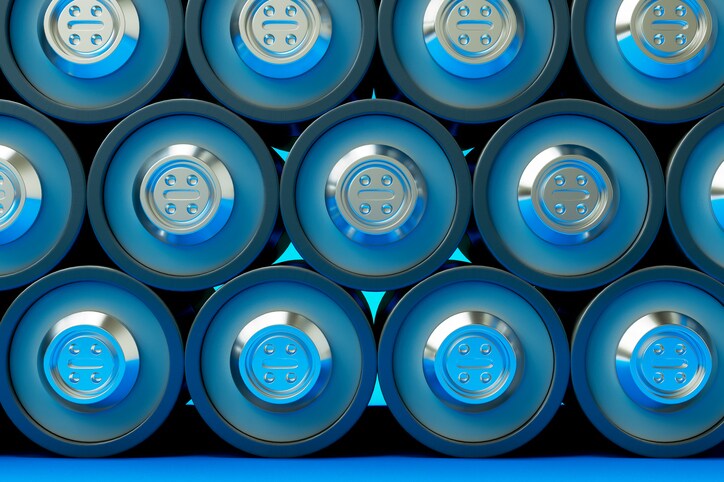 From small hand-held electronics to medium sized electric vehicles such as cars, buses and trucks to larger marine vessels and smart grid energy storage systems, Lithium Ion Battery technology is changing our lives. And web thickness measurement and control solutions are helping the industry improve the quality, consistency and safety of lithium ion batteries.
From small hand-held electronics to medium sized electric vehicles such as cars, buses and trucks to larger marine vessels and smart grid energy storage systems, Lithium Ion Battery technology is changing our lives. And web thickness measurement and control solutions are helping the industry improve the quality, consistency and safety of lithium ion batteries.
Critical to the advancement of the battery is the emergence of higher quality separator film, new coatings of separator film for higher efficiency, and the uniform coating of the anode and cathode materials. But the coating thickness and weight must be optimal to ensure a longer-lasting and safer battery.
Separator Film
Separator film is one of the key components of a lithium ion battery. It is a thin but permeable layer of film used to separate the anode from the cathode and prevent short circuiting while facilitating the flow of charged ions. Separator films are usually produced either by a dry or wet process to create the required micro porous structure. Consistent thickness of the film and homogenous distribution of the pores are therefore necessary to optimize performance and life of the battery. Also separator films act as a safety net against thermal runaway. As the temperature of the cell increases, the separator film melts, closing the pores and stopping ion transfer and current flow within the cell. Additionally, separator film can also be coated with ceramic or some other material to improve efficiency.
Anode and Cathode Coating
Continuous or patch coating on aluminum substrate for the cathode or on copper substrate for the anode is an expensive and demanding operation. Uneven coating of the cathode or anode will ultimately result in poor construction of the battery or even worse, creating a hotspot which could lower the efficiency of the battery, shorten its lifespan, increase charge time and/or increase the risk of thermal runaway. Additionally, coated products are not recoverable. Therefore, an accurate measurement of the coat weight on both sides of the substrate is paramount to controlling and perfecting the process and improving yield and quality.
Thickness measurement and control solutions for lithium-ion batteries help measure the thickness of separator film and coat weight of both sides of the anode/cathode’s substrate.
Here is an illustration suggesting where measurement and control systems should be placed to measure anode and cathode coatings:

A fully digital basis weight transmission sensor is one of the most ideal sensing technologies for measuring the coatings on the cathode and anode components because it features exceptionally high signal with extremely low noise and a unique isotope slot geometry that results in the most accurate coating weight measurement possible and highest edge resolution.
For measurement of separator film, the latest online web measurement technology uses an infrared thickness sensor, which uses the full spectral response of the near infrared range to analyze materials on the line, providing precise, multi-component thickness data that improves production quality and reduces waste. Because the sensor analyzes the full spectral response of the separator film to IR energy, it provides the most accurate thickness measurement possible. Combined with the integrated mass balance algorithm, and the ability to work on both wet and dry processes, this web gauging technology is particularly useful for the measurement and control of all types of separator film.
To read more about thickness measurement and control solutions for lithium-ion batteries, view the Application Note: Solutions for Lithium-Ion Battery

Leave a Reply